As the Western world slowly creeps towards ending marijuana prohibition, proponents and detractors alike continue to share harmful myths about cannabis consumption. Regardless of your personal beliefs on cannabis prohibition, it’s hard to ignore the widespread legal and socioeconomic troubles created by America’s War on Drugs (more on that later). These effects were not as unintentional as you might think.
Cannabis users, both medicinal and recreational, face legal red tape and discrimination worldwide, especially in employment and immigration. In the United States, a medicinal cannabis user may struggle with jobs due to invasive drug testing and indiscriminate “drug-free” policies in workplaces. Worldwide cannabis reform policies are slow and medicinal users may be barred from certain countries due to being unable to bring their medicinal cannabis with them without facing harsh punishments such as deportation or long-term imprisonment. Let’s explore some of the most harmful myths about cannabis.
One of the most difficult truths that we have to come to terms with as adults is that spreading misinformation is always harmful, whether you’re doing it intentionally or unintentionally. It was hard to pick a small selection of harmful myths about cannabis because there are so many myths in circulation that have unique impacts on the lives of medicinal and recreational cannabis users.
We consulted the most prominent anti-cannabis propaganda materials to see what the most widely purported myths were among this group. We also looked at non-academic pro-cannabis sources to see which pro-cannabis misinformation was most widely reported. Then, we consulted academically honest, peer-reviewed sources (and aggregate sources of those sources) to determine what the truth is as we understand it with the evidence we have available. (Want to learn about rules and regulations regarding marijuana in other countries? Next read Marijuana Policies and Laws Around the World.)
Cannabis is a Gateway Drug

The term “gateway drug” refers to a drug that is correlated with the progressive use of more addictive and harmful substances. However, the idea that cannabis is a gateway drug is, at best, a tenuous correlation. Early exposure to cannabis can “prime” the brain for a more reactive response to harder substances by reducing the reactivity of the reward centers in the brain.
Essentially, it can make you feel less rewarded by more mild experiences. This factor has caused many experts to believe that cannabis users will progress to other substances because the highs they receive won’t be as rewarding and “regular” life won’t trigger a reward in their brain either. However, in practice, the correlation doesn’t hold up. The vast majority of cannabis users never progress past cannabis.
Cannabis is a Gateway Drug
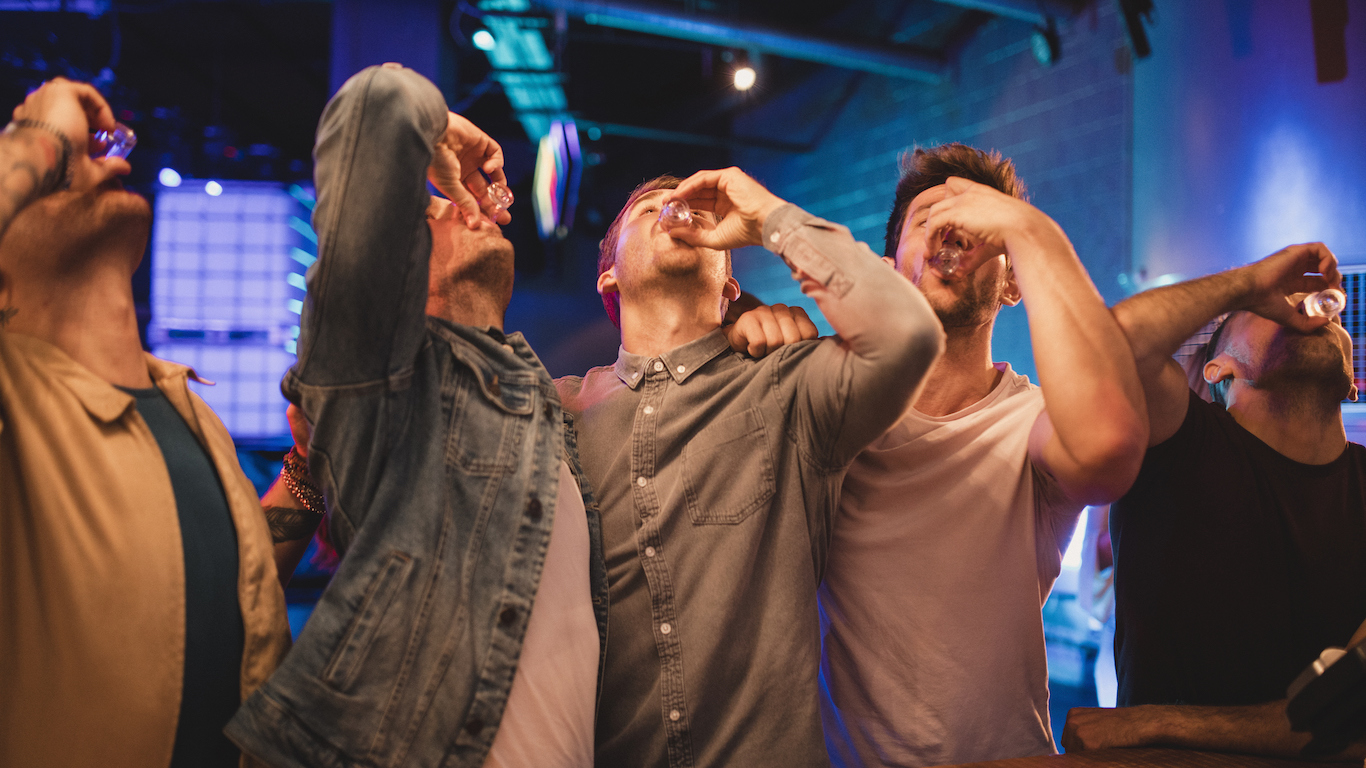
Additionally, nicotine and alcohol are also shown to “prime” the brain for a more reactive response to harder substances. If this argument is to be made effectively, you have to apply it equally to all substances that fall into this category. However, we know that alcohol prohibition was a catastrophic failure that mostly caused an increase in violent crime and the rise of alcohol smuggling and bootlegging.
Numerous factors determine whether a person ends up progressing to harder substances beyond the priming of the brain for a reactive response. Cannabis is relatively easy to procure, especially in the modern day with prohibition ending in many places. “Harder” substances require a more underground-savvy lifestyle that the majority of cannabis users don’t have.
Social environment and economic standing are shown to have a much greater impact on whether someone turns to drugs. Changing those factors is much more likely to improve someone’s health outcome regarding illicit substances than preventing their brain from being “primed” by marijuana (or alcohol or nicotine, for that matter.)
The “War on Drugs” Was About Drugs

One of the most prevailing myths about cannabis is actually about the “War on Drugs” effort by the U.S. government. The myth here is twofold: one is that the War on Drugs was about preventing drug use and the other is that the War on Drugs was a catastrophic failure. These myths are heavily intertwined.
After all, the War on Drugs can only be considered a catastrophic failure if you assume that the goal of the movement was to prevent drug use. We know that the War on Drugs did little to prevent drug use and may have actually caused it to worsen. However, with newer evidence, we can pretty succinctly say that the War on Drugs wasn’t actually about drugs: it was about maintaining political power.
The “War on Drugs” Was About Drugs
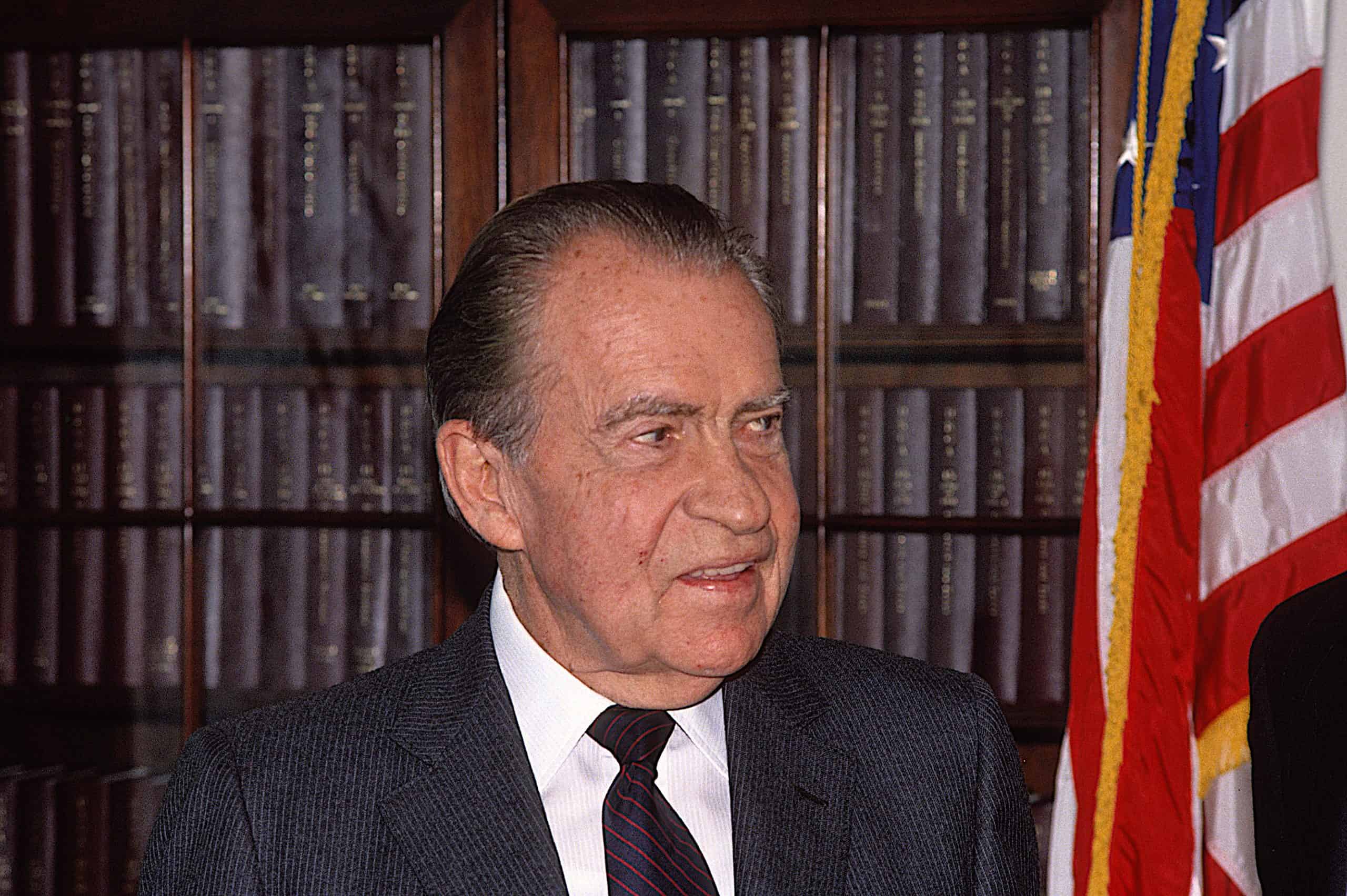
The Johnson administration laid the groundwork for a massive legal battle against drugs. This movement was finalized by the Nixon administration, which declared drugs as “the most threatening thing to American democracy.”
The War on Drugs began and it immediately began to unfairly and often intentionally affect people of color and those on the left wing of the political spectrum. Even today, black people are four times more likely to get arrested for cannabis possession than white people despite the usage rate being about the same.
The FBI used counterintelligence programs to illegally discredit members of the Black Panther Party. Even Nixon’s domestic policy advisor, John Erlichmann, admitted that drug laws gave the government pretext to “arrest their leaders, raid their homes, break up their meetings, and vilify them night after night on the evening news,” Harper’s Magazine reported. He continues saying, “Did we know we were lying about the drugs? Of course, we did.” The War on Drugs was not a failure because it was never about the drugs. It was about political power.
Marijuana Is Addictive
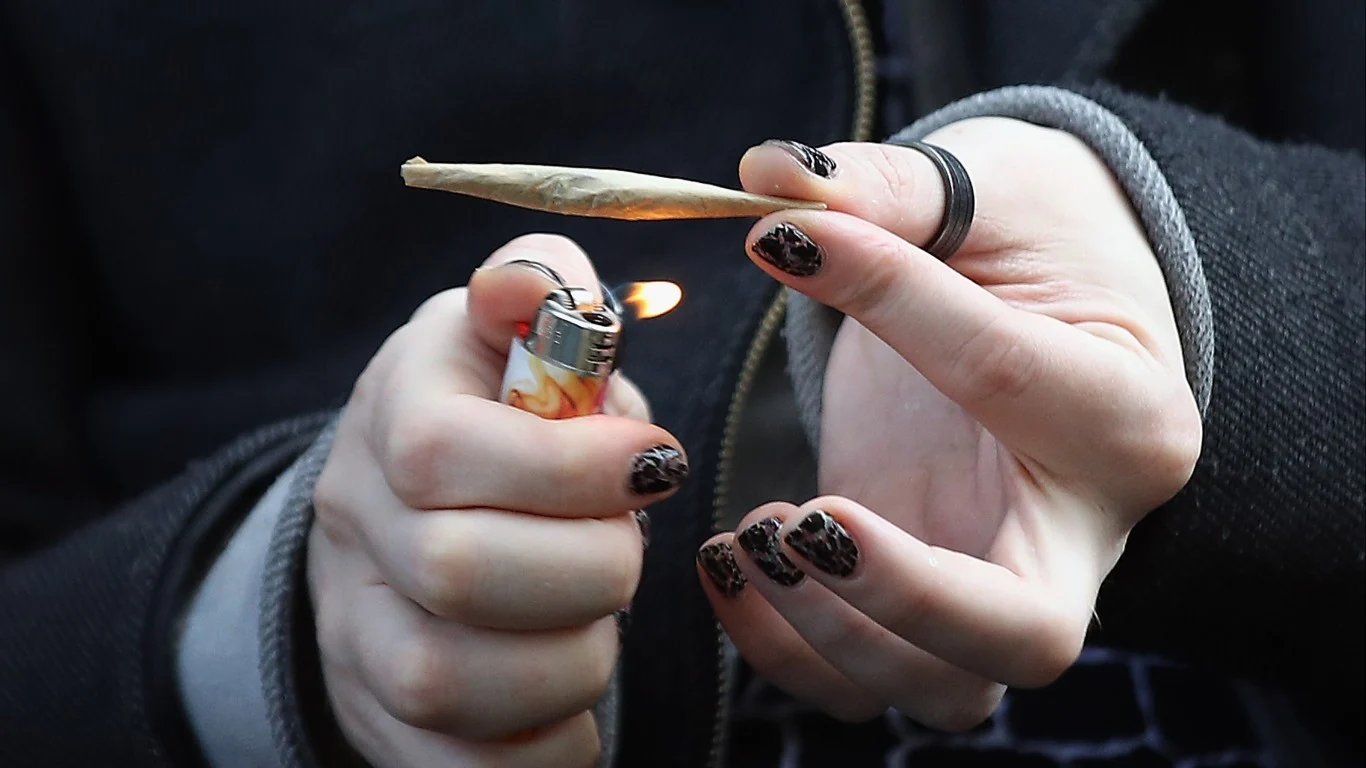
One of the most tested questions people have about marijuana—largely due to the amount of misinformation surrounding it—is whether cannabis is addictive. Cannabis is psychologically addictive, meaning your mind can become dependent on using it for various physical effects.
However, the risk of physical addiction is not considered severe because the side effects of cannabis withdrawal are very mild. When people detox from harder drugs, they often do it in a medical facility. There are two reasons for this. One is that they are typically committed to a hospital involuntarily, but another reason is that the detox from many drugs can be very severe and even deadly if not overseen by a physician who understands the physical risks of addiction withdrawal.
Marijuana Is Addictive

When someone goes through a cannabis withdrawal, they might feel irritable or anxious. They may also experience insomnia or strange dreams. However, that’s sort of it. You’re not going to die from a cannabis withdrawal. Most of the acute symptoms of cannabis withdrawals last for a few days, with a few weeks being the point at which most people return to the baseline.
47% of people who use cannabis regularly experience some level of withdrawal symptoms in their lives without any medical attention. Sleep disturbances are the most problematic symptom for most people who are withdrawing and represent the most common reason that people relapse into use. These symptoms are especially problematic because they can persist for 30–45 days after stopping use.
Other acute stage symptoms include anger, aggression, restlessness, decreased appetite or weight, depression, headaches, nausea, vomiting, sweating, abdominal pain, and tremors. Cannabis addiction is considered less severe and less likely to occur than alcohol or nicotine addiction.
Marijuana Prohibition Is Effective
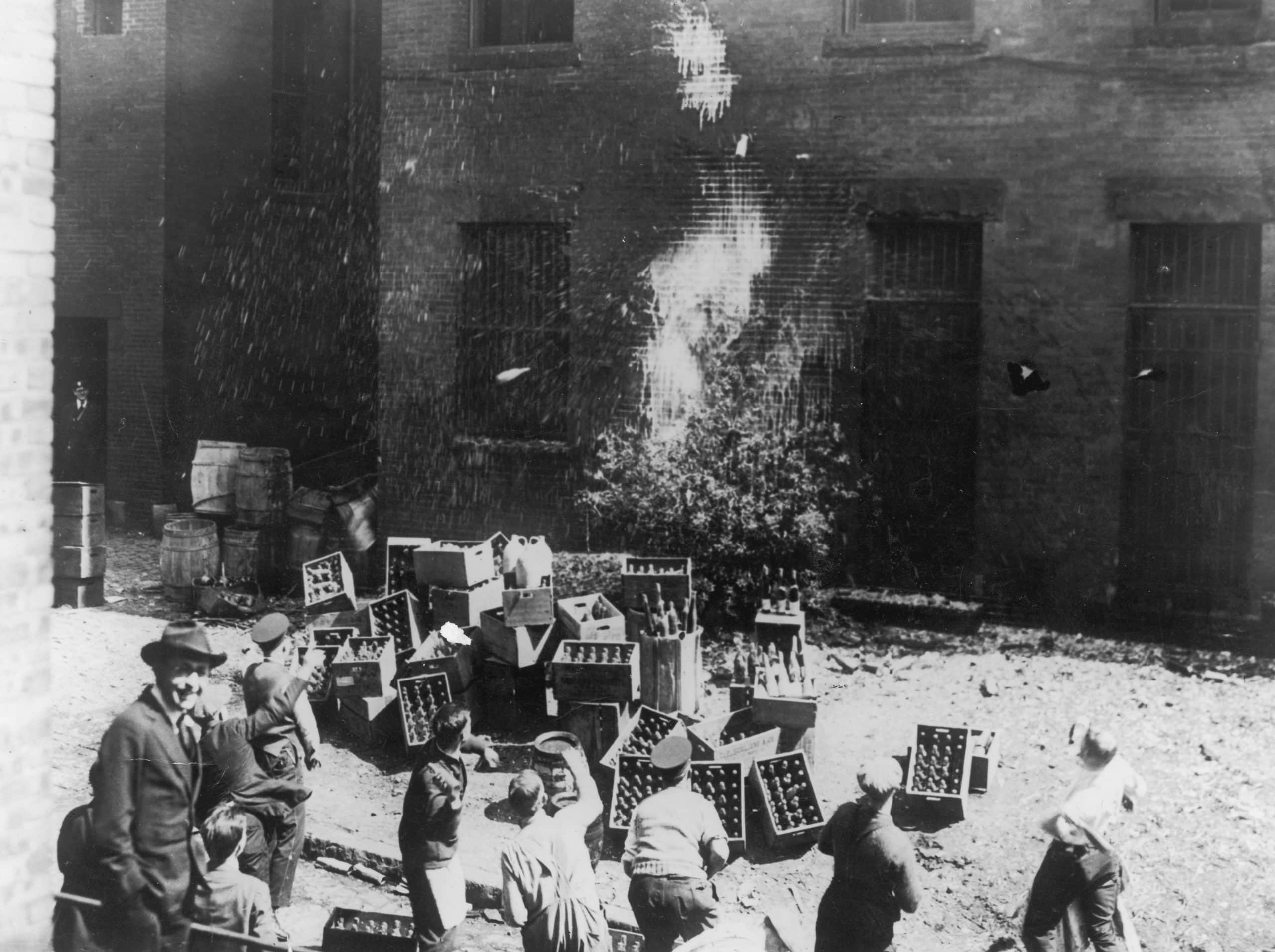
The truth is that marijuana prohibition probably did more to normalize and increase the usage of cannabis in the general public than drug dealers ever did. When cannabis prohibition went into effect in 1971, most Americans had never heard of it. Today, 50% of Americans have tried cannabis and one in six have used it in the last month.
In a survey done from 1975–2012, 80% to 90% of high school seniors reported that they considered marijuana to be “fairly easy” or “very easy” to obtain. Compare that to 2017, when the end of marijuana prohibition had already begun with several states having legalized medical or recreational cannabis and you’ll find that the availability of marijuana actually decreased. In 2017, the number of 12th graders who considered it “fairly” or “very” easy to obtain marijuana dipped below 80%.
Marijuana Prohibition Is Effective
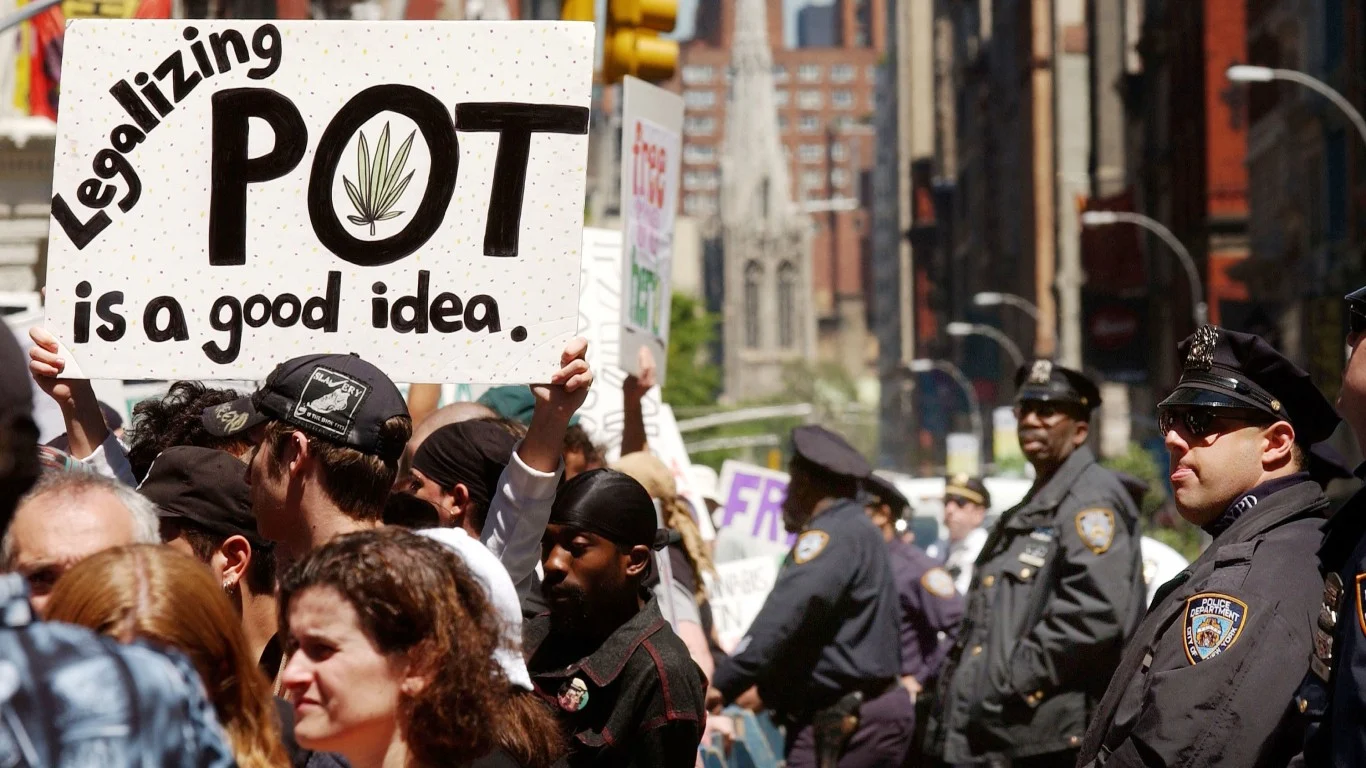
Additionally, the government has long held the belief that legalizing marijuana would increase the rate of usage in the general public. However, no evidence supports that belief. Marijuana is not the only issue where the idea is that harm reduction strategies would increase delinquent behavior. This argument is also used regarding offering condoms to young people at reduced rates or free of charge. The truth is that no evidence supports that harm reduction efforts like legalization increase the use of cannabis.
The only thing marijuana prohibition is effective at is putting people in jail for a relatively mild “crime” if you can even call it that. Federal data shows that there are 40,000 people currently in a state or federal prison for marijuana-related charges and one person is arrested on a marijuana-related charge every two minutes.
Marijuana Causes Cancer
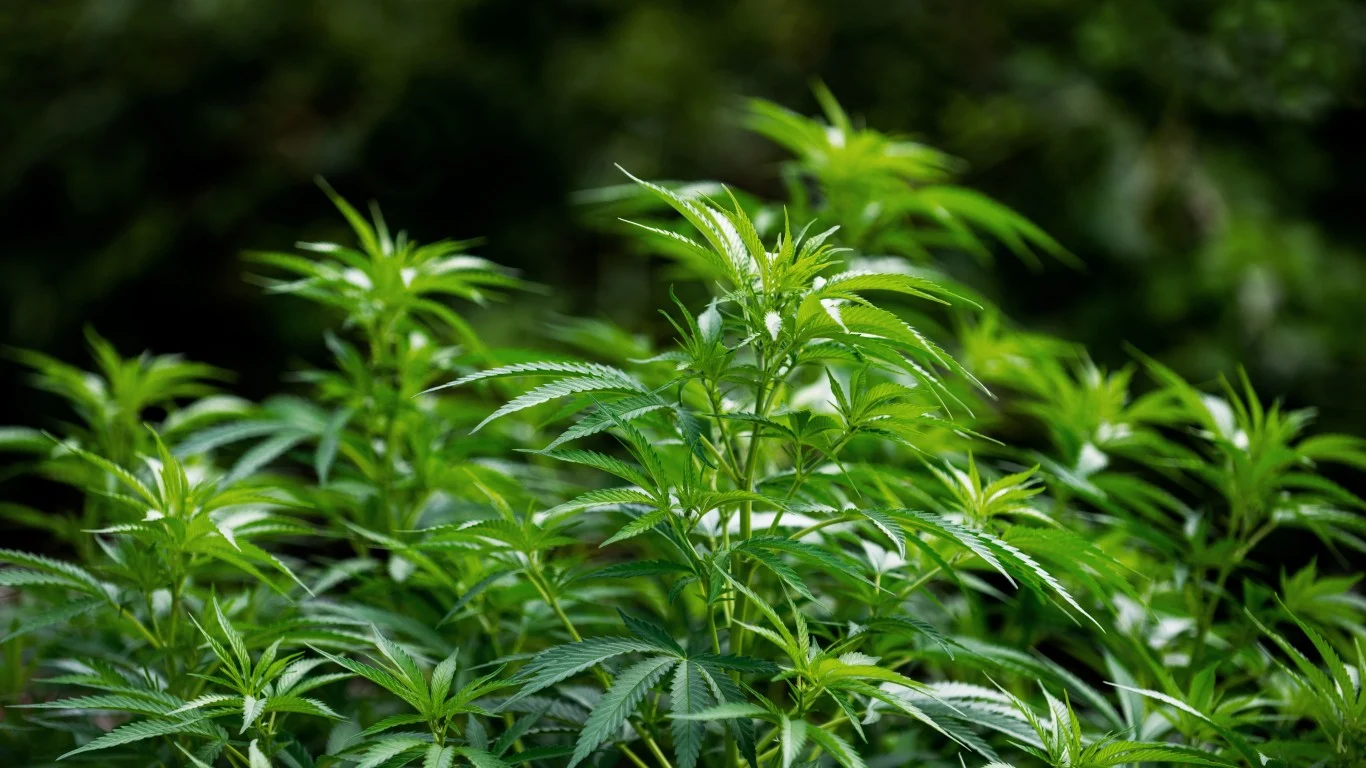
There is a pervasive myth that marijuana itself is a carcinogen. We want to emphasize that this is different from saying that cannabis smoke is a carcinogen. Marijuana smoke contains at least 50 of the same 70 carcinogens present in tobacco smoke. So, it would be accurate to say that cannabis smoke is carcinogenic, albeit less so than tobacco smoke. However, cannabis itself is not a carcinogen.
The plant is actually used as a treatment for nausea and vomiting from cancer-related chemotherapy, as well as for treating neuropathic pain, which is common in cancer patients. Not just that, some studies have shown that THC and CBD have some limited anti-cancer properties. When exposed to THC and CBD in Petri dishes, a study showed that the cancer cells actually died. So, these critical components of cannabis are actually the opposite of carcinogens. They have limited anti-cancer properties.
Marijuana Causes Cancer
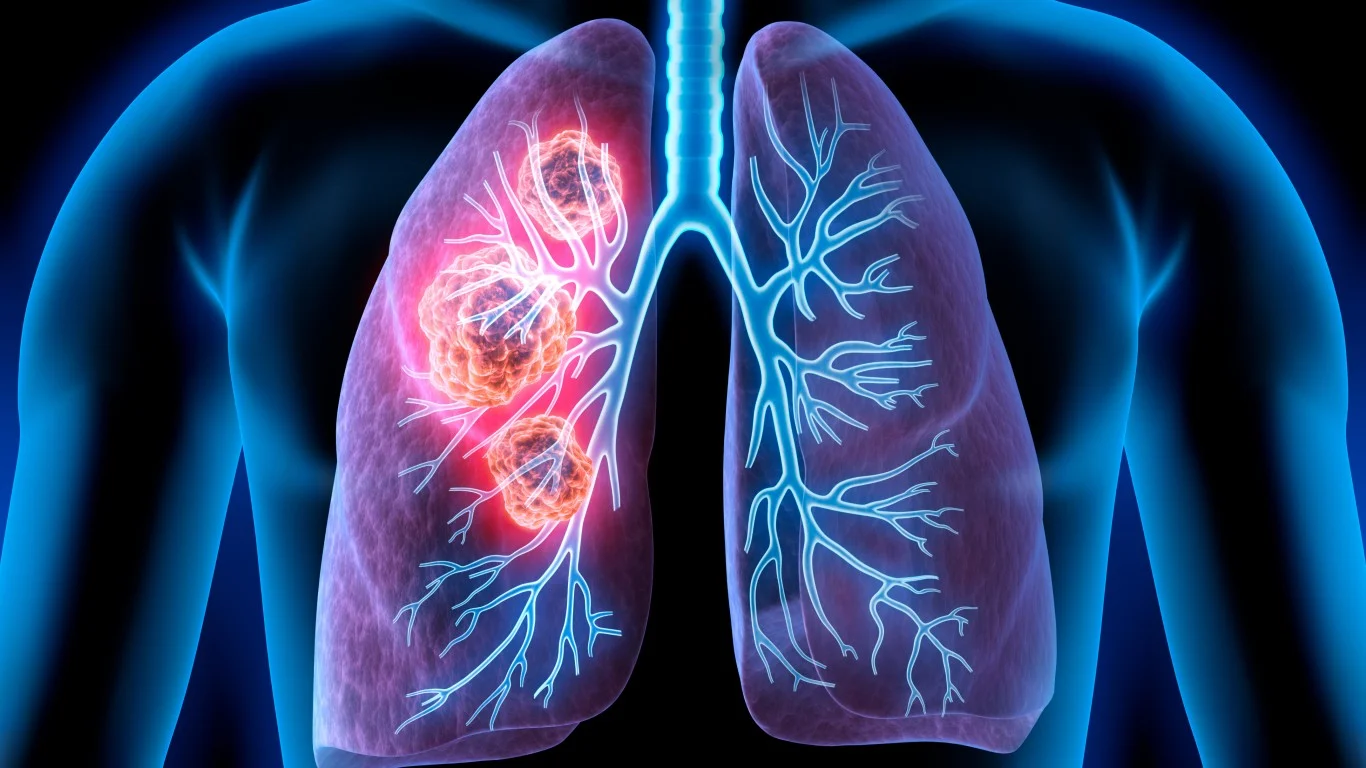
However, it is true that cannabis smoke has many of the same carcinogens present in tobacco smoke. Additionally, when smoking marijuana, you typically inhale the smoke or vapor all the way into your lungs. Cannabis smokers will also hold the smoke in their lungs briefly to get a high. However, most cannabis smokers—even the heaviest smokers—still consume significantly less cannabis overall than tobacco smokers with tobacco.
So, they tend not to experience more severe effects because they’re physically not smoking as much. Inhaling cannabis, whether vaporized or smoked, can also cause conditions like popcorn lung, chronic bronchitis, wheezing, and chronic coughing. If these conditions are a concern for you, you can always ingest your cannabis in the form of an edible. Consumption via edibles reduces lung harm to zero.
Marijuana Consumption Leads to Crime and Delinquency
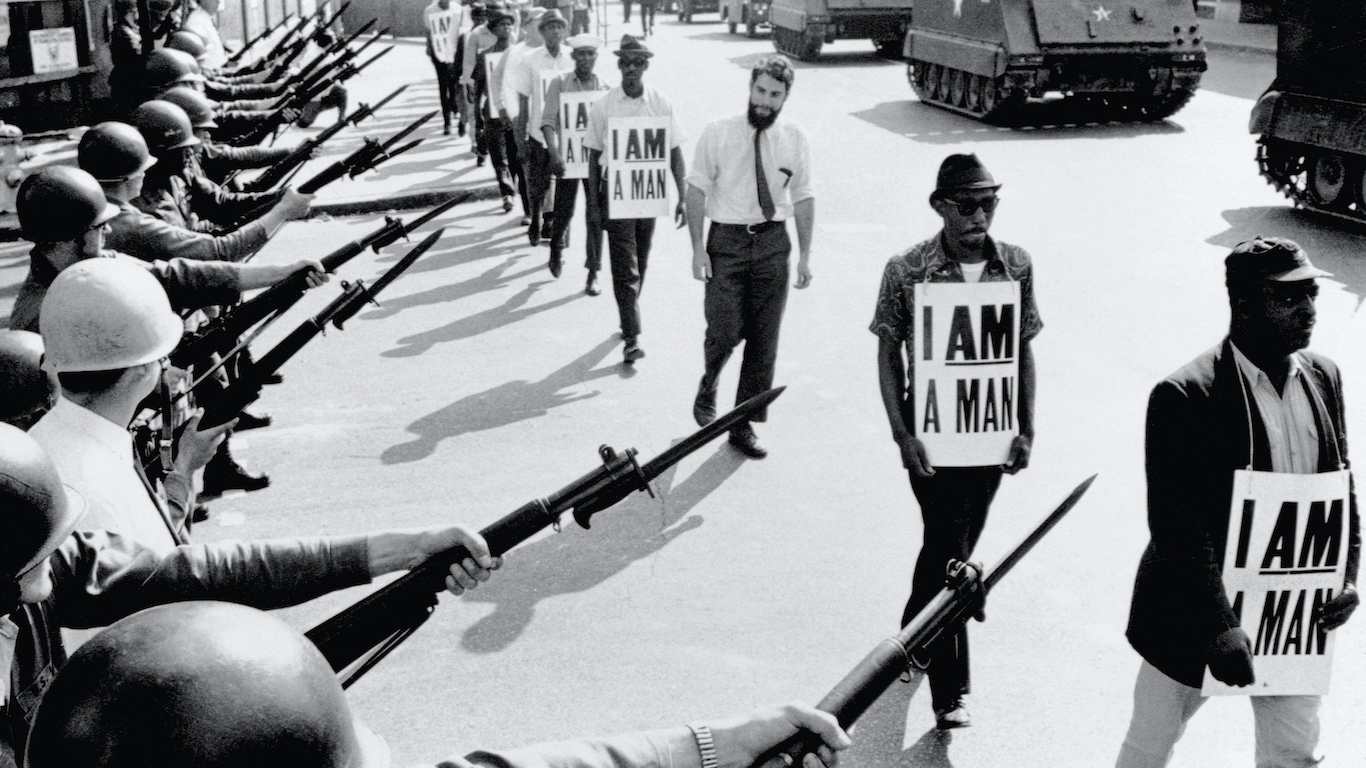
The idea that cannabis consumption is a pipeline to crime and delinquency stems back to the War on Drugs in America. White Americans were uneasy about the changes to America’s sociopolitical landscape following the American Civil Rights Movement. Simply put, white Americans were pretty uncomfortable with the idea that black people might get rights that they had enjoyed for years.
Nixon capitalized on this unease by creating the image of the “drug-using person of color.” His administration correlated the crime rate and civil unrest following the Civil Rights protests with marijuana and other drug use by people of color. In doing so, his administration managed to create a boogeyman out of both drugs and people of color at the same time.
Marijuana Consumption Leads to Crime and Delinquency
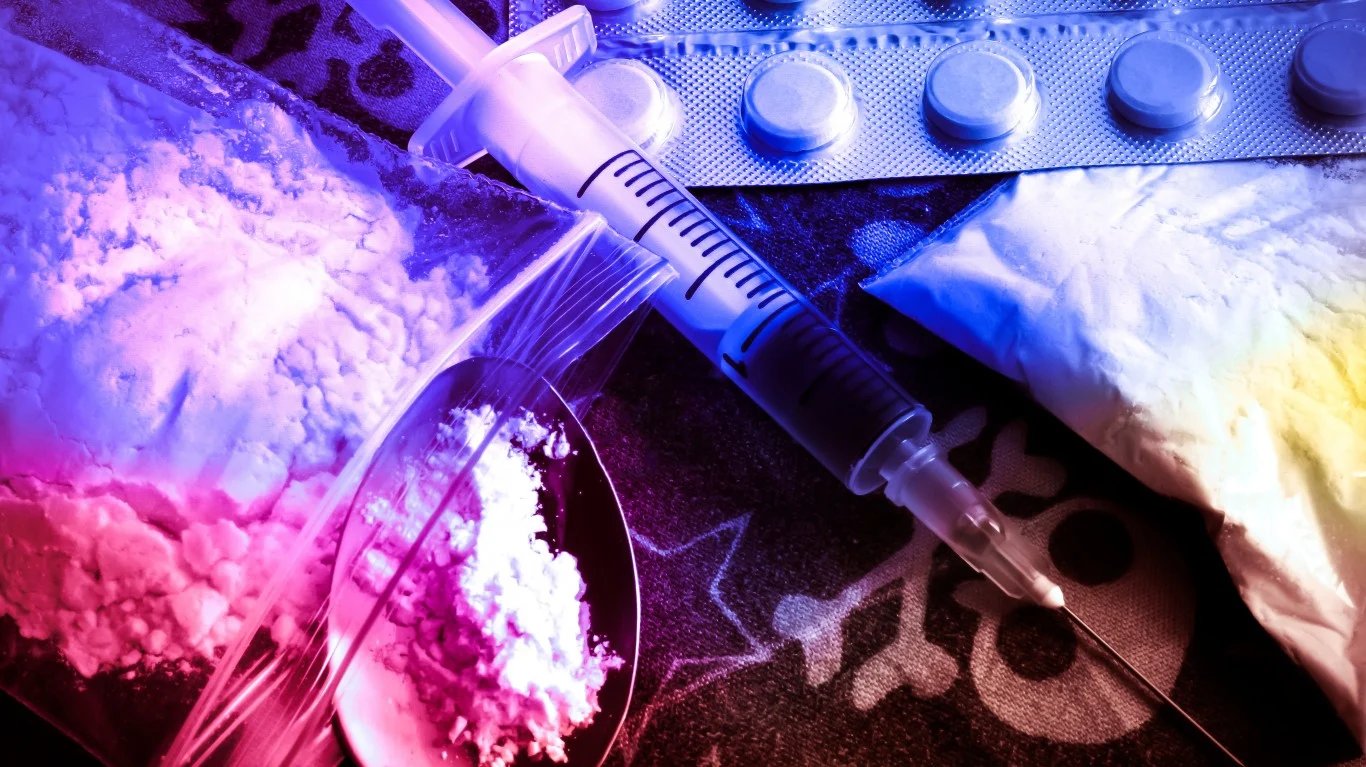
Nixon used this position to create “Schedules” of drugs to classify their badness. Marijuana landed in the Schedule 1 group, which indicates that it is highly addictive and holds no medical usage. However, we can see from its effectiveness in treating chronic pain, chemotherapy side effects, and neurological disorders, such as seizures, that the Schedule 1 classification of marijuana is untrue. Based on former domestic advisor Erlichmann’s words, we know that this wasn’t by accident. The Nixon administration was actively spreading lies about marijuana and other drugs as an excuse to jail their political enemies.
Now that legalization efforts have become more widespread, we have real data on the effects of cannabis reform on crime rates. In Washington state, the FBI uniform crime report revealed a drop in rape, property crimes, and theft in Washington directly following the legalization of cannabis. Experts believe that this could be due to the reduced role of criminal dealers that would commit other crimes and encourage other crimes because cannabis could then be purchased legally from a dispensary.
Marijuana Is Just as Harmful as Tobacco
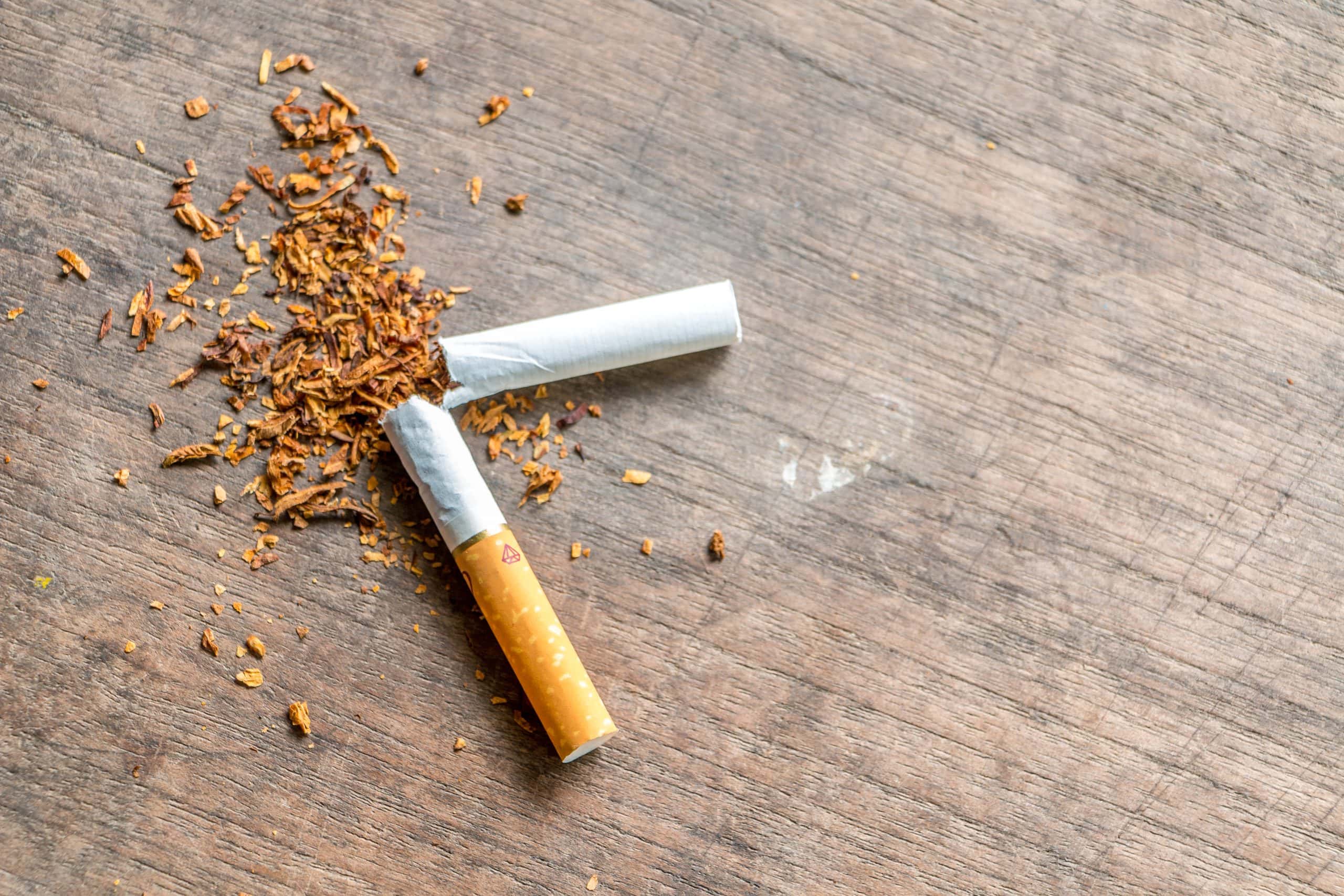
The truth is that marijuana is significantly less harmful than tobacco. Smoking tobacco is widely regarded as the leading cause of preventable deaths worldwide. Smokers die 10 years younger than non-smokers, on average.
Additionally, smoking has been correlated strongly with the development of lung cancer, coronary heart disease, and chronic obstructive pulmonary disease. We mentioned above that marijuana contains many of the carcinogens also present in tobacco smoke, but not all of them. Cannabis users also smoke less than tobacco smokers. So, they aren’t as exposed to the chemicals.
A systematic review of cannabis shows that marijuana use did cause changes to the lungs that could have cancer-causing potential. However, no long-term studies have produced a statistically significant connection between smoking marijuana and lung cancer.
Marijuana Is Just as Harmful as Tobacco
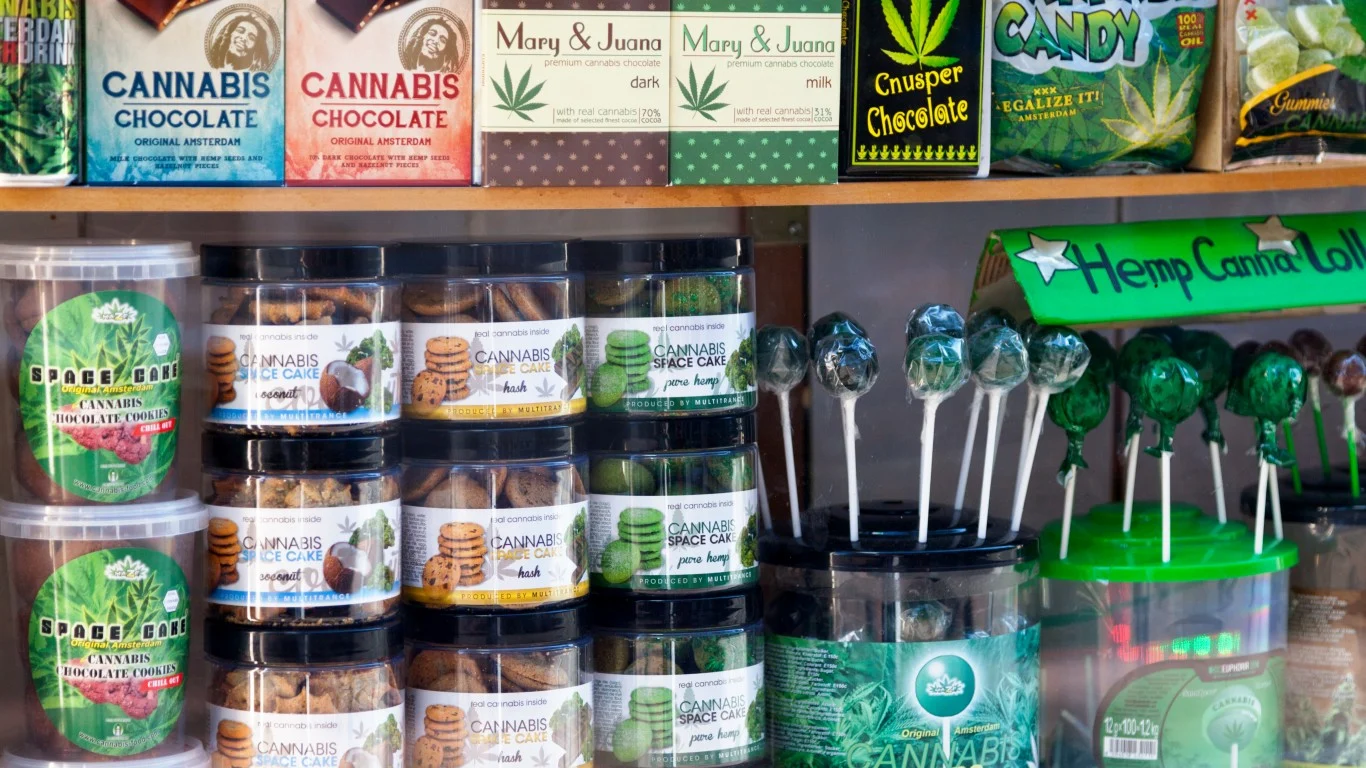
It is difficult to produce a comparison between cannabis and tobacco harm because many cannabis smokers also smoke tobacco. Many even smoke cannabis mixed with tobacco in a single blunt. Thus, it can be hard to determine which illnesses were caused by the cannabis and which were from the tobacco when the substances are so frequently mixed.
Many marijuana users also use vapes or edibles exclusively, while tobacco is still dominated by regular smoking. Vapes reduce the combustion products produced by the substance, while edibles don’t have an effect on your lungs at all. So, in that sense, drawing a linear comparison between marijuana and tobacco is even harder.
Marijuana Causes Schizophrenia

There is a widespread belief that if you smoke marijuana you will develop schizophrenia. The truth is that the relationship probably goes in the other direction. People with schizophrenia have a much higher rate of drug usage than the general population. Some estimates believe that cannabis is even more abused by young people with schizophrenia than alcohol.
Alcohol was previously considered to be the most problematic substance use disorder among people with schizophrenia, alongside tobacco. Cannabis can indeed cause psychosis-like symptoms in people who use it, especially if they use products that contain delta-9-tetrahydrocannabinol (THC). However, these symptoms should wear off as the substance leaves your body. They will not turn into a serious mental illness unless you are already predisposed to a psychotic disorder.
Marijuana Causes Schizophrenia
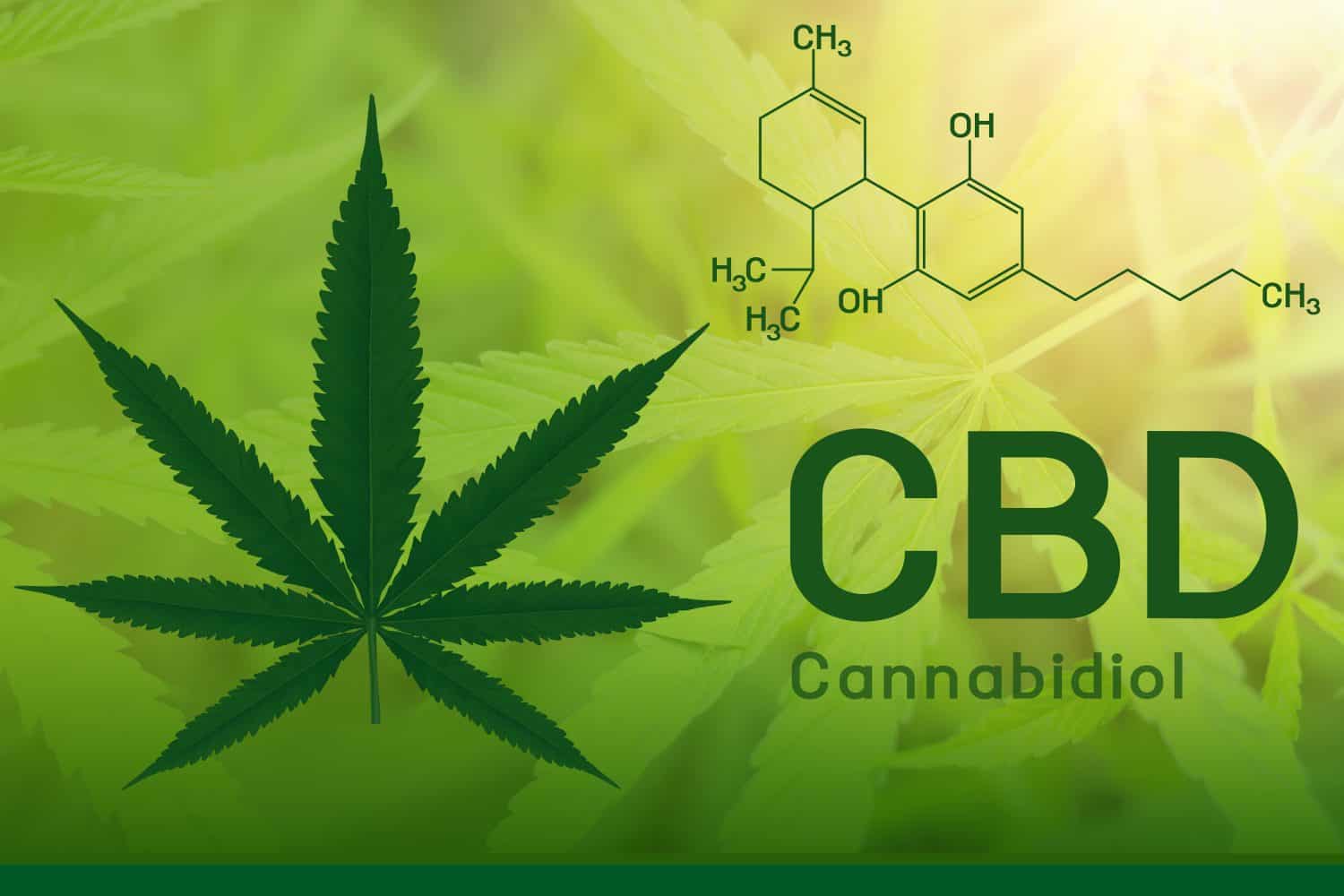
Using cannabis can cause symptoms of schizophrenia to appear earlier in people who are predisposed to it. A study showed that symptoms can appear as much as three years earlier in users of marijuana compared to non-users. Additionally, using cannabis as a teen can impact your likelihood of onsetting psychotic symptoms. This is especially true if you have a family member with a psychotic disorder. However, this is a significant difference from causing an illness in an otherwise healthy person.
Additionally, the second active compound in marijuana, cannabidiol (CBD), is shown to reduce psychotic symptoms in patients with schizophrenia. Patients treated with CBD showed fewer psychotic symptoms than control patients. They also had fewer negative side effects than patients treated with traditional antipsychotic medications. So, it’s better to think of the connection between schizophrenia and cannabis as “complicated” than a direct correlation.
Marijuana Makes You Forgetful
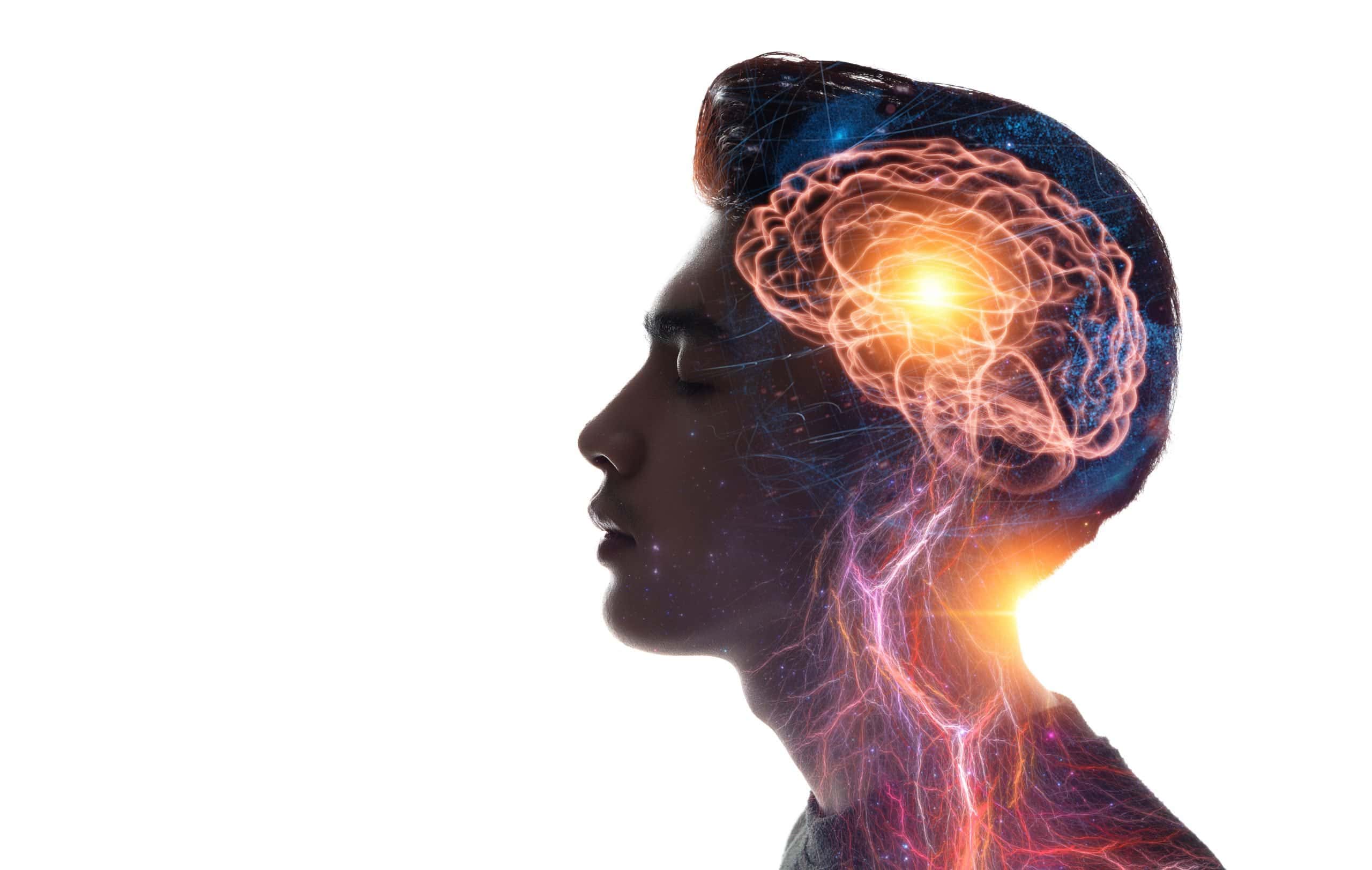
There’s a long-held belief that smoking marijuana will make you forgetful. To some extent, this isn’t wholly untrue. For the duration of your psychoactive high, you can become quite forgetful. However, there is no evidence that THC has a long-term negative effect on cognition.
In fact, the evidence we have actually indicates that as you get older, THC improves your overall cognition. When we look at age-related cognition, we use a scale called subjective cognitive decline. The SCD measures how much a person is impacted by age-related declines in cognition. Typically, as someone gets older their SCD gets worse. Also, the worse someone’s SCD is, the more likely they become to develop dementia. People with SCD are twice as likely to develop dementia as healthy people.
Marijuana Makes You Forgetful
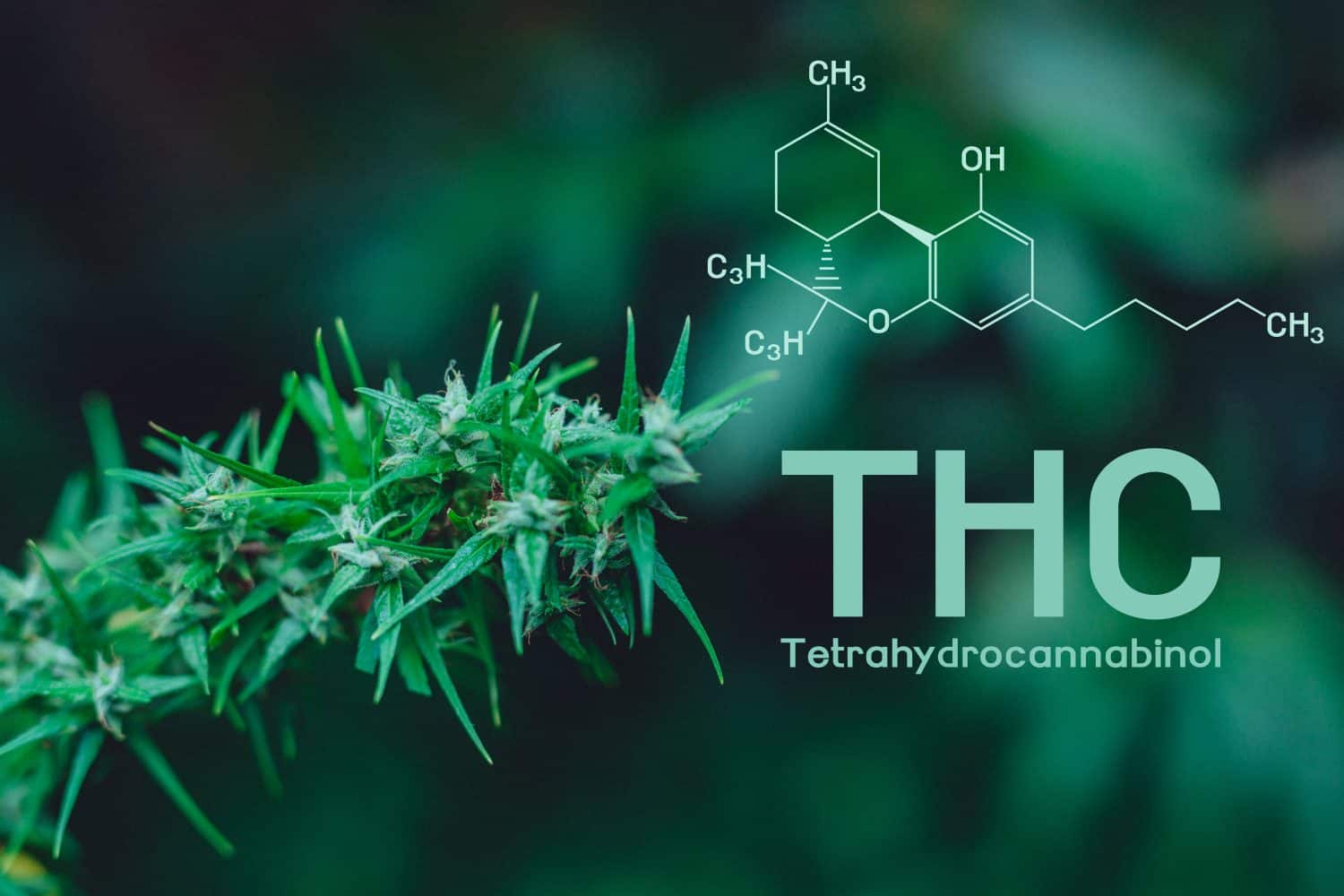
However, a study revealed an interesting result. The study surveyed 4,744 adults aged 45 or older on their SCD and whether or not they used cannabis. In people 45 or older who used cannabis, SCD onset was reduced by 96%. The study indicates that as you get older, cannabis use may protect your cognition and prevent you from onsetting dementia in your old age.
Additionally, low doses of THC were shown to improve cognition in very old rodents. Conversely, somewhat higher doses of THC improved cognition in moderately aged rodents. No studies have been done on the impacts of CBD on cognition at this time. Additionally, a large-scale longitudinal study needs to be done on the effects of THC on cognition to accurately determine the long-term impacts of using cannabis on your aging mind.
All Marijuana Is the Same
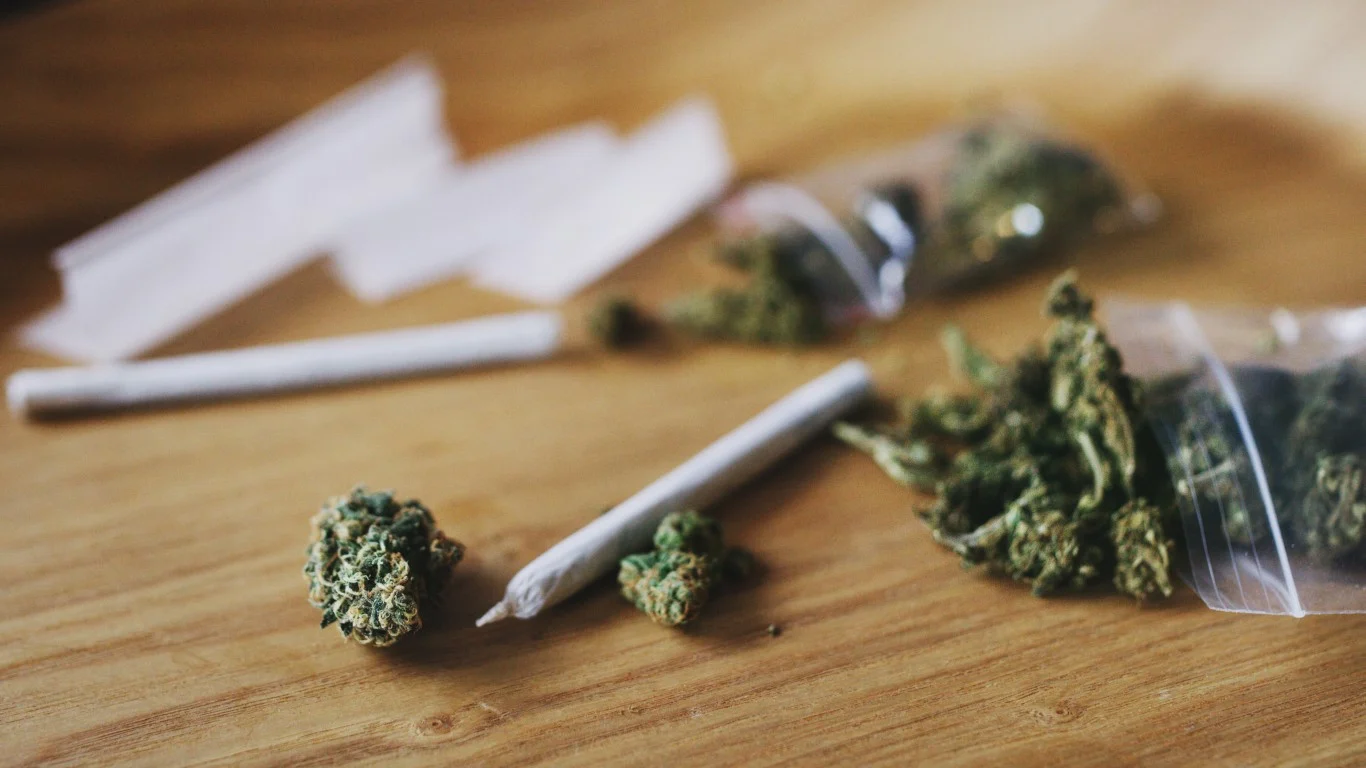
The “drugs are drugs” crowd tends to have a glaring hole in their logic. Not all drugs are made the same and this is especially true for marijuana. Different cannabis plants have wildly different scientific makeups and as a result, they produce very different effects.
Additionally, how you consume cannabis will determine how it affects you as well. Different methods of consumption hit differently, even in the same person. Some people are aware of the two main types of cannabis: sativa and indica. However, the differences in marijuana plants are significantly more complicated than that.
All Marijuana Is the Same

Firstly, there is no governing body that determines the line between sativa and indica plants. They have a different physical appearance. However, chemically, a plant can look one way and still produce an effect that is more like the other type. Additionally, every cannabis plant hits every person differently. Most people associate sativa plants with an upbeat high that yields creativity and indica with a sleepy, couch-potato-type high. However, this isn’t universal for every user. Personally, sativa makes me sleepy rather than upbeat. Since everyone processes THC differently, you really don’t know what’s going to happen when you consume a new strain.
Ingesting cannabis is also significantly different from smoking it. Even daily smokers have to be careful how much THC they ingest because it hits harder, deeper, and lasts longer when you ingest it. It is much easier to have a dose that hits you in a bad way when you ingest cannabis, in part because it takes much longer to hit. You’ll feel the high from smoking almost immediately, but ingested THC can take over an hour to hit. So, it’s easy to go overboard because you haven’t reached the stage of getting high yet. (Interest in historic places that sell marijuana? Check out The Oldest Marijuana Dispensaries in the US.)